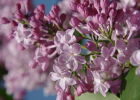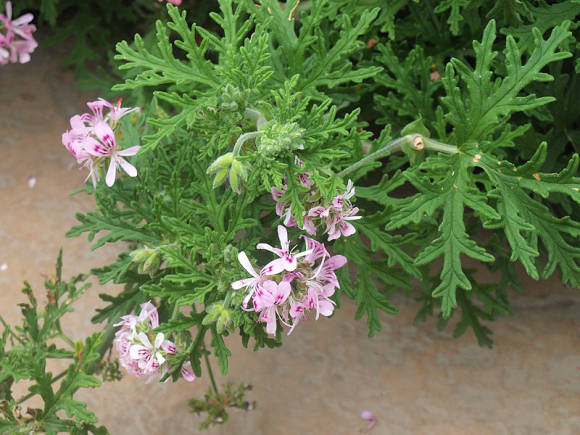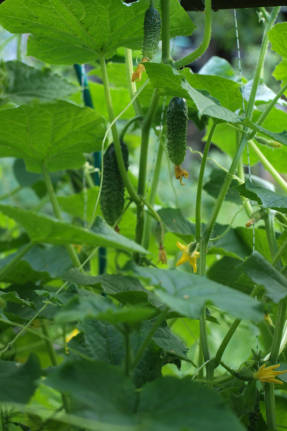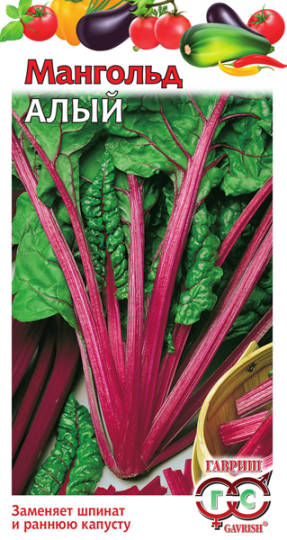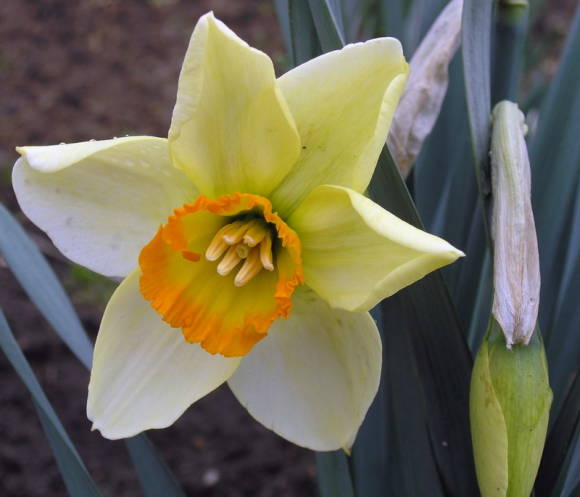
Gardeners are often perplexed: why strawberries bloom profusely, but there are no berries? And all your bright dreams about strawberry jam and strawberry liqueur remained dreams. What's the matter? There are several reasons, and they are all important.
Garden strawberries grow well and bear fruit in one place without transplanting for only three years. Neither intensive feeding, nor mowing of leaves (by the way, in the Urals it should not be done at all) will make old plantings young. After three years, they still need to be rejuvenated, i.e. replace.
In this case, in no case should new plants be planted in the old place where strawberries grew, as well as after potatoes, tomatoes and cucumbers.
For planting, it is necessary to use planting material produced in specialized farms, where the mustache is taken from plants that are not allowed to bloom and bear fruit, or to grow seedlings ourselves with the obligatory observance of technology. In no case should you buy seedlings from unknown traders in the market, because through such plants, you can bring a whole bunch of diseases, nematodes and other pests to the garden.
If you have large strawberry bushes with large leaves and very high peduncles, which, when they bloom every year, form a "white cap" on the plant, and after flowering immediately dry up and turn black, then these plants should be thrown away immediately. If this is not done, then you will remain without strawberry jam and liqueur for many more years.
The fact is that along with non-pure-grade seedlings of strawberries, which were once bought on the market or taken from neighbors, weed varieties can also get to you.
These plants once originated from free pollination of cultivated varieties on strawberry plantations, but then they went wild, giving lush bushes with many mustaches, and there are either no berries on such a bush, or they are so small and ugly that you don't want to collect them.
These rosettes (up to 40 per plant per season) take root quickly, filling your beds with barren plants. And then you wonder why your harvest is falling. All these "impostors" have corresponding names - "Zhmurka", "Dubnyak", "Bakhmutka", "Suspension", etc.
"Zhmurka" does not produce berries at all, and "Dubnyak" does not even have flower stalks. "Bakhmutka" gives a small harvest of small pink berries, and "Suspension" - with small dark red elongated berries. It is not so easy to neutralize them. That is why it is necessary to immediately remove from the garden any strawberry bush that causes you suspicion.
To get rid of these bushes, you need to clean the plantings twice a summer. The first time during flowering, when among the flowering bushes, the non-flowering bushes "Zhmurki" and "Dubnyak" are clearly visible.
The second cleaning should be done while picking the first large berries. At this time, small berries "Bakhmutka" and "Suspension" are clearly visible. At this time, they must be removed without any pity. But you must remove them very carefully, carefully collect all the mustaches and rosettes before they take root, otherwise your work will be in vain.

Plant feeding has a significant impact on the size and quality of the crop. Plants should not be overfed, especially with nitrogen and organic fertilizers. When excessive doses of these fertilizers are applied, the plants simply "heal", i. E. will give a large vegetative mass and the minimum amount of berries.
During the growing season, only two dressings are enough: in the spring at the beginning of the growing season and after harvesting. And the basic rule when growing strawberries is that it is better not to feed the plants a little than to overfeed. In the first case, the yield will simply decrease slightly, and in the second it may not be at all.
Recurrent spring frosts, which regularly recur in recent years during the flowering period of strawberries, can cause serious damage to the berry harvest, especially in low places. When the temperature drops to -1 ...- 1.5 ° C, strawberry flowers are damaged.
Most often, early varieties and especially the first opened flowers suffer from frost. In damaged flowers, the middle turns black, as the pistils and stamens die.
To protect strawberries from frost, it is most effective to cover them with spunbond, film, matting, newspapers. In this case, branches and grass should be placed under the film so that the flowers do not touch the film.
Reduces the likelihood of frost damage and a protective curtain from shrubs or tall vegetables, planted on the north side. Quite often, small-drop irrigation of plants is also carried out. This is a very effective way to combat frost, and the death of strawberry flowers when it is carried out is sharply reduced.
In large collective gardens, smoke is very effective for frost protection. It starts just before freezing and ends 1–1.5 hours after sunrise.
And, of course, on the strawberry plantation it is necessary to wage a merciless fight against the pests of strawberries. To do this, it is necessary, at a minimum, to carry out treatments against pests before flowering and immediately after harvest.
And strawberries for such care of them will thank you in the summer with a rich harvest of the most delicious berries.
